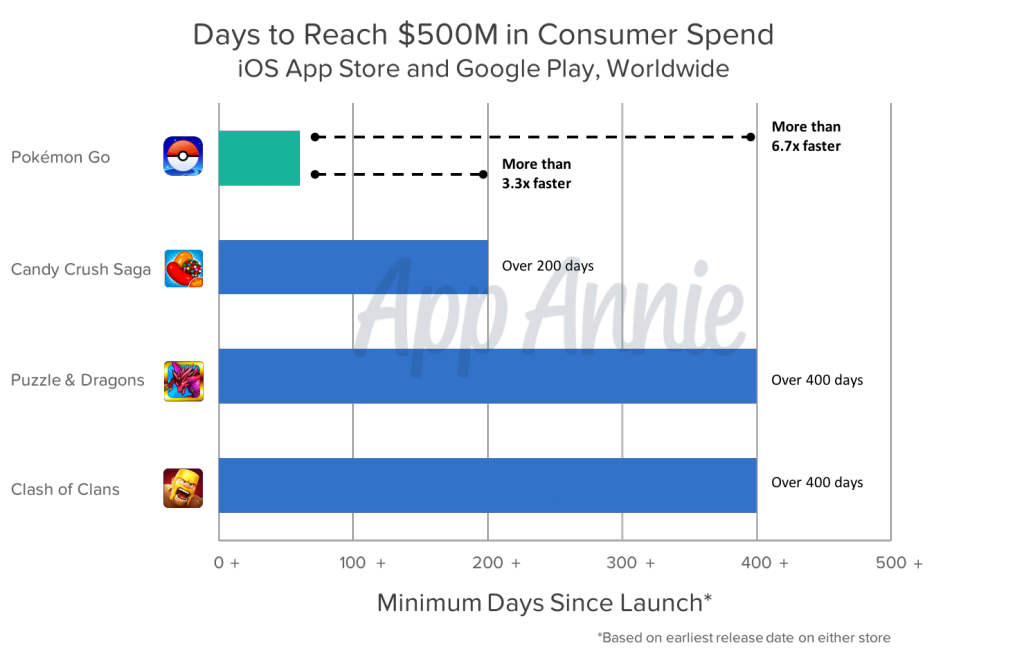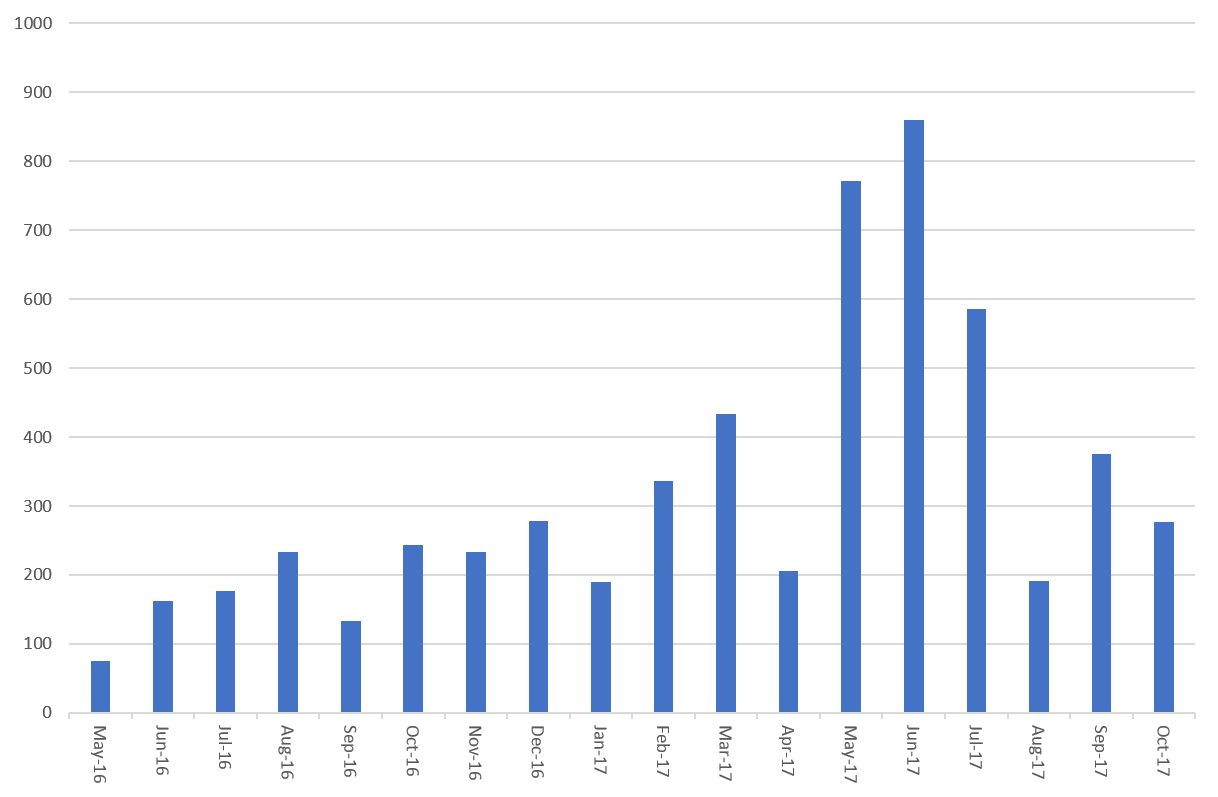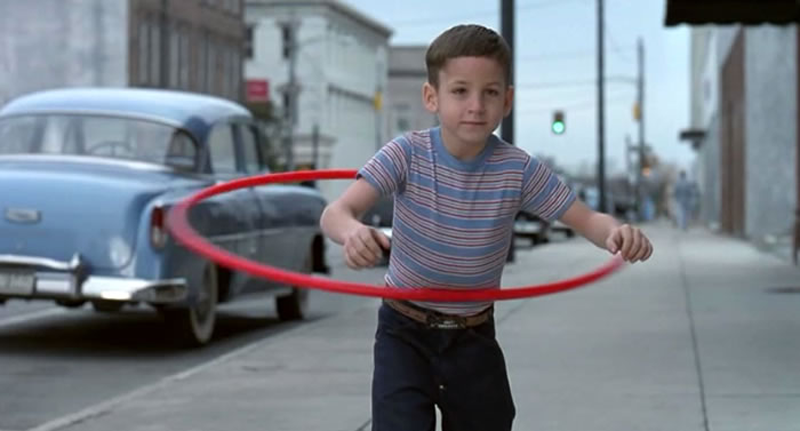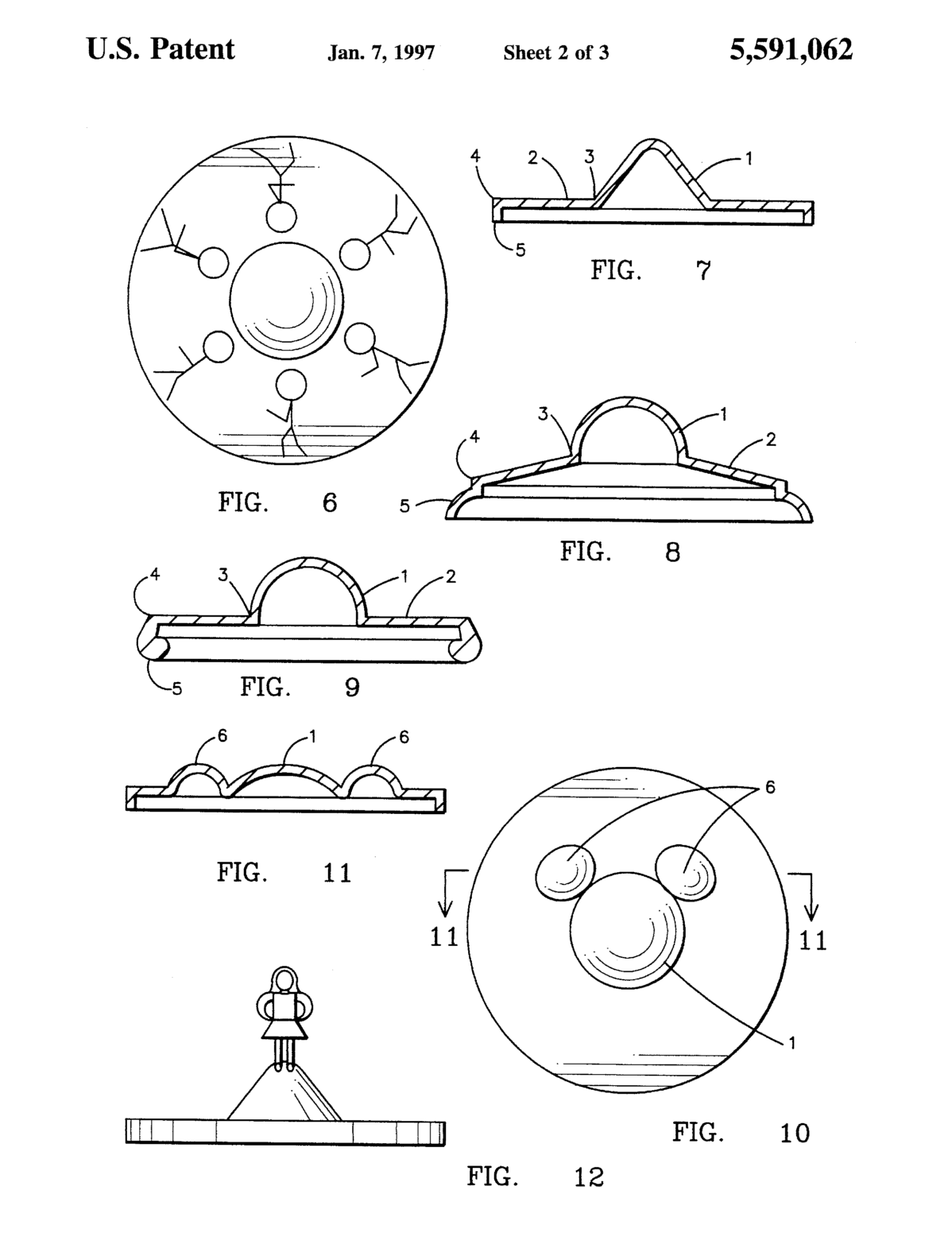How did the peace-making toy from the 1980s became the fastest growing hit in history and why did it take 37 years? Who got famous for it but not wealthy and who got wealthy but not famous?
Seven stories and anecdotes about a seven dollar toy (and some others) that demonstrate almost every principle of the short head theory.
Oh, and no. We are not talking about the hula hoop. Yet…
(1) Prolog: The pleasant sensation of spinning
It all didn’t start on a sunny balcony of a third-floor apartment in Jerusalem back at the 1980s.
Catherine Hettinger spent a summer in Israel with her daughter and after watching Palestinian kids throw stones at police officers and since she was looking for something to play with anyway, Catherine came up with an idea for a toy.
A toy that could offer an alternative to throwing stones and eventually could put an end to the violence, make peace in the middle east and make Catherine a bit wealthier.
In 1992 after selling early handmade versions of her toy in local art fairs, and before someone stills her idea, she went down to the United States Patent and Trademark Office and filed for a patent.
“A toy device which includes a center dome structure and a skirt is used as a spinning toy. It is designed to be spun on the finger to provide enjoyment and entertainment for adults and children.”
This was the abstract of Hettinger’s patent. The background was also explained in these words:
“Many people are desirous of a simple diversion when they are caught in traffic or would like something to do with their hands. Sports are out of the question in the car or inside the house. It is normal and natural to want to move or fidget. People who are quitting smoking often desire something to use to occupy themselves. Presently, there are no devices which fit this criteria that can provide the pleasant sensation of spinning that this toy can.”
After her patent was granted, 4 years later, she went to pitch it to Hasbro, the big toys company, at a major toy convention.
Hasbro people looked at Hettinger spinning her weird little frisbee on her finger but apparently weren’t too impressed.
They turned her down.
Eight years later when Hettinger got tired of paying her periodical fees for her patent she gave it up.
(2) Twenty something years later – From hunting Pokémons to “fidget” gadgets
The year is 2016. It’s Summer. Kids don’t get bored anymore. They have smartphones and tablets, Instagram and YouTube.
When they want to play outside they go hunting Pokémons.
In fact Pokémon Go becomes the fastest mobile game to reach $500 million in worldwide customer spending on iOS and Android.
It is also the most downloaded app in its first week ever and the fastest to reach 50 million installs on Google Play.
A short head winner for sure (In case you haven’t read the post about the short head of Apps now would be a good time to do so).

But not everybody is hunting Pokémons. Take 26 years old Ryan Weaver for example.
Ryan who was recently laid off from his job is too busy looking for a new one.
In October 2016 Ryan’s wife, a special education teacher, asked him to buy “fidget” gadgets for her class.
He found her some spinners and thought it could be interesting to try selling it on Amazon.
When he opened his store on Amazon there were only few sellers offering fidget spinners. Walmart and most of the toy retailers didn’t even know what Spinners were and had no plans of selling it.
At the same time Allan Maman, a 17 years old ADHD high school student, was also looking for a toy that could help him concentrate. He found a fidget spinner on Etsy.
Just like Ryan, Maman also thought he could make a business out of it only that unlike Ryan, he decided to 3-D print his spinners and then sell them directly.
After taking some lessons in 3-D printing and finding fidget spinners blueprints, Maman teamed up with his friend Cooper Weiss and they started creating hundreds of spinners with the school’s machines.
They took the money they made selling spinners to their classmates, bought a 3-D printer and continued to produce more spinners in Weiss’ parents’ basement.
Nobody really knows how and why then but around that time spinners started catching up slowly.
In December Forbes got the spinners out of the closet stating that: “Fidget Spinners Are The Must-Have Office Toy For 2017”.
It took another two months until they made their first major appearance at the North American International Toy Fair in February of 2017 but it was only around April 2017 when it suddenly boomed!
On may 2nd, the 20 most popular items in the games and toys category on Amazon were all different versions of fidget spinners.
At that time 20 percent of all toy and game units sold daily were in fact spinners.


By then former undeployed Ryan Weaver’s was selling 500 to 1,000 spinners a day for $17.95 a unit and Maman and Cooper sold $350,000 worth of spinners through their 150,000 followers on Instagram.
People in the toy and retail industry were unanimous – They have never seen anything boom so fast and so huge as the fidget spinners.
“Right now we are in the midst of the biggest, fastest moving trend that I have ever seen in the toy industry,” says Jackie Breyer, editorial director for The Toy Insider.
“The fidget spinners are the biggest craze for any product Walmart has seen in the past five years” said Michelle Malashock, Walmart’s spokesperson to FT.com.

(3) You must try it!
The main driver of the spinners popularity was their adoption by popular YouTubers. Online stars and amateur devotees started posting all kinds of Fidget Spinner content, from tricks and stunts to unboxings and customizations.
Among the first spinner video trending on YouTube was “CRAZY FIDGET TOYS YOU MUST TRY!” from Guava Juice 2 that was released on March 18. After this, it accelerates quickly. A few days later Good Mythical Morning released “Are Fidget Toys Bad For You?” and “Playing With Top Fidget Toys”, and since then, fidget-related content has risen steadily.
In the first 12 days of June, there were 9.9 fidget spinner videos in the top trending list on average, up from 7.5 videos on an average day in May and 1.4 videos on an average day in April.
More than 2 million videos were uploaded between May and July 2016.
Today there are more than 6 million videos of spinners online.

Go to part 2



